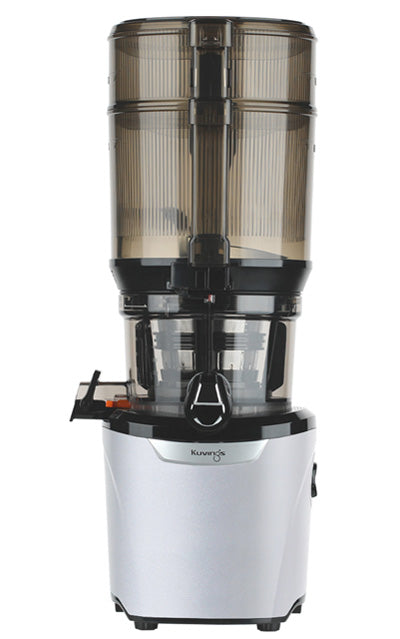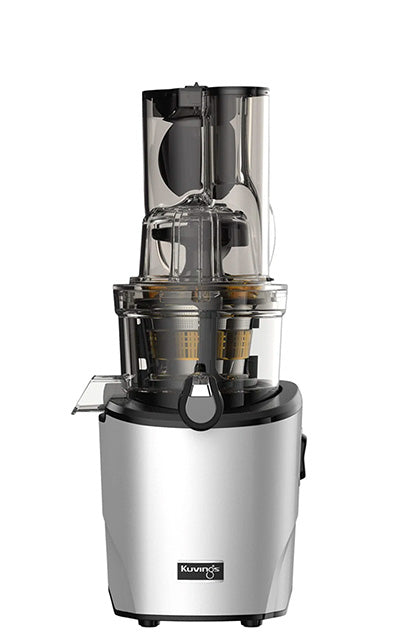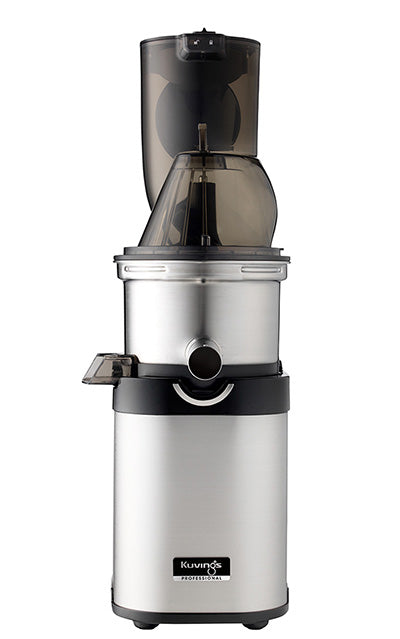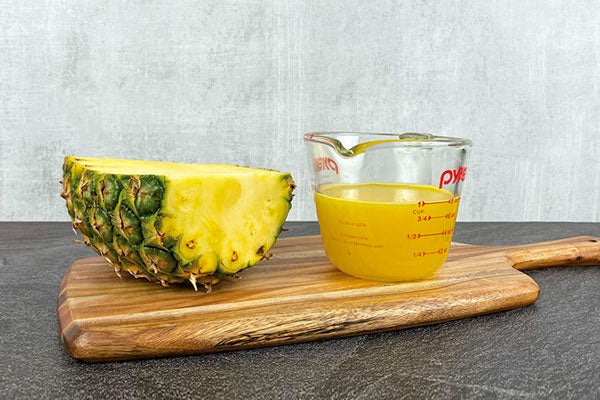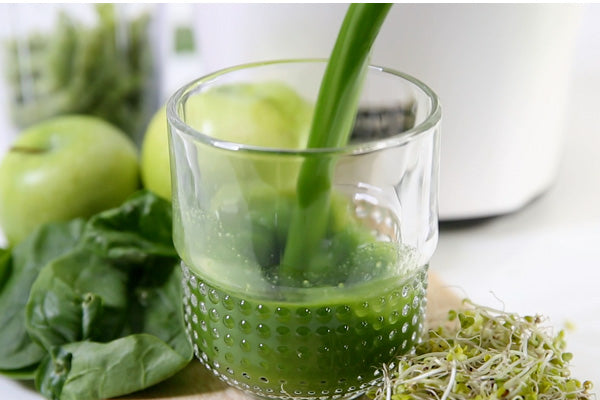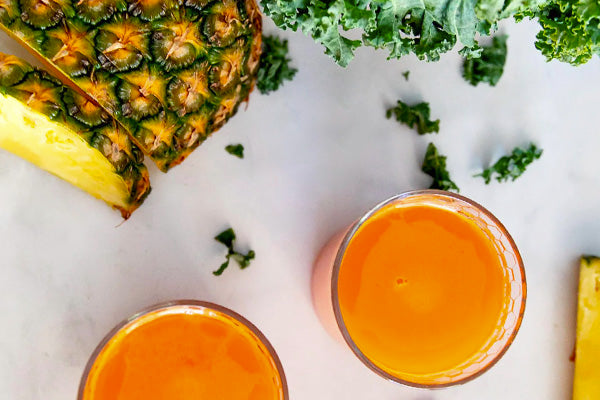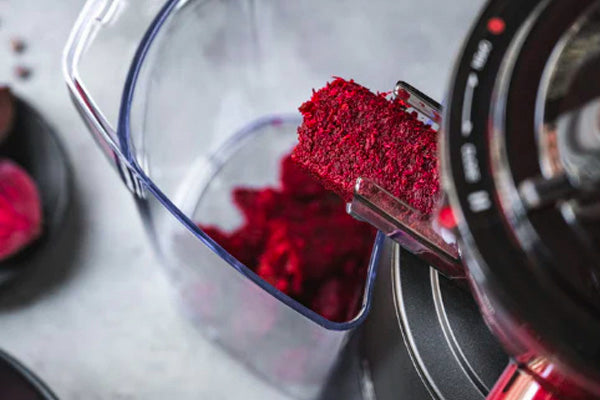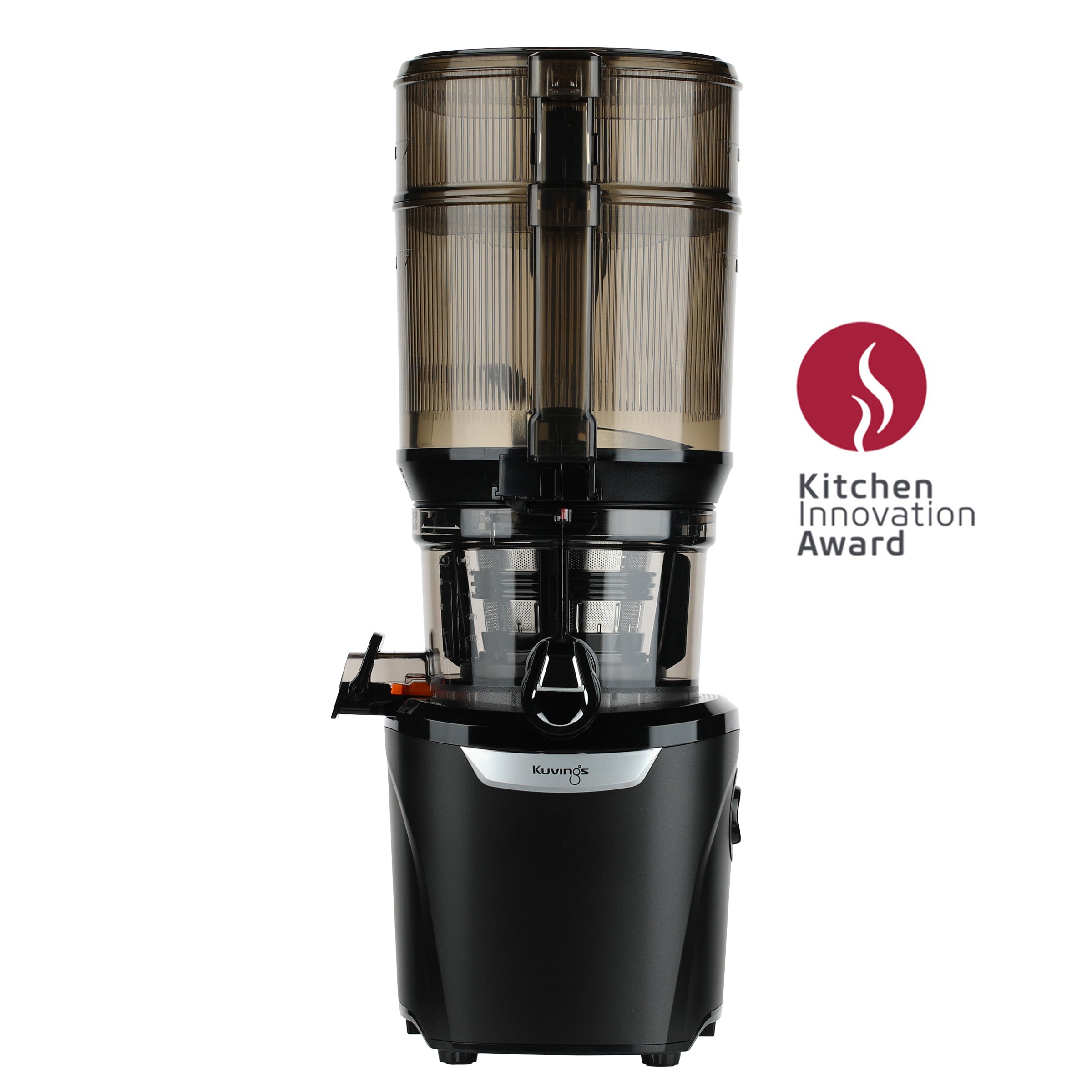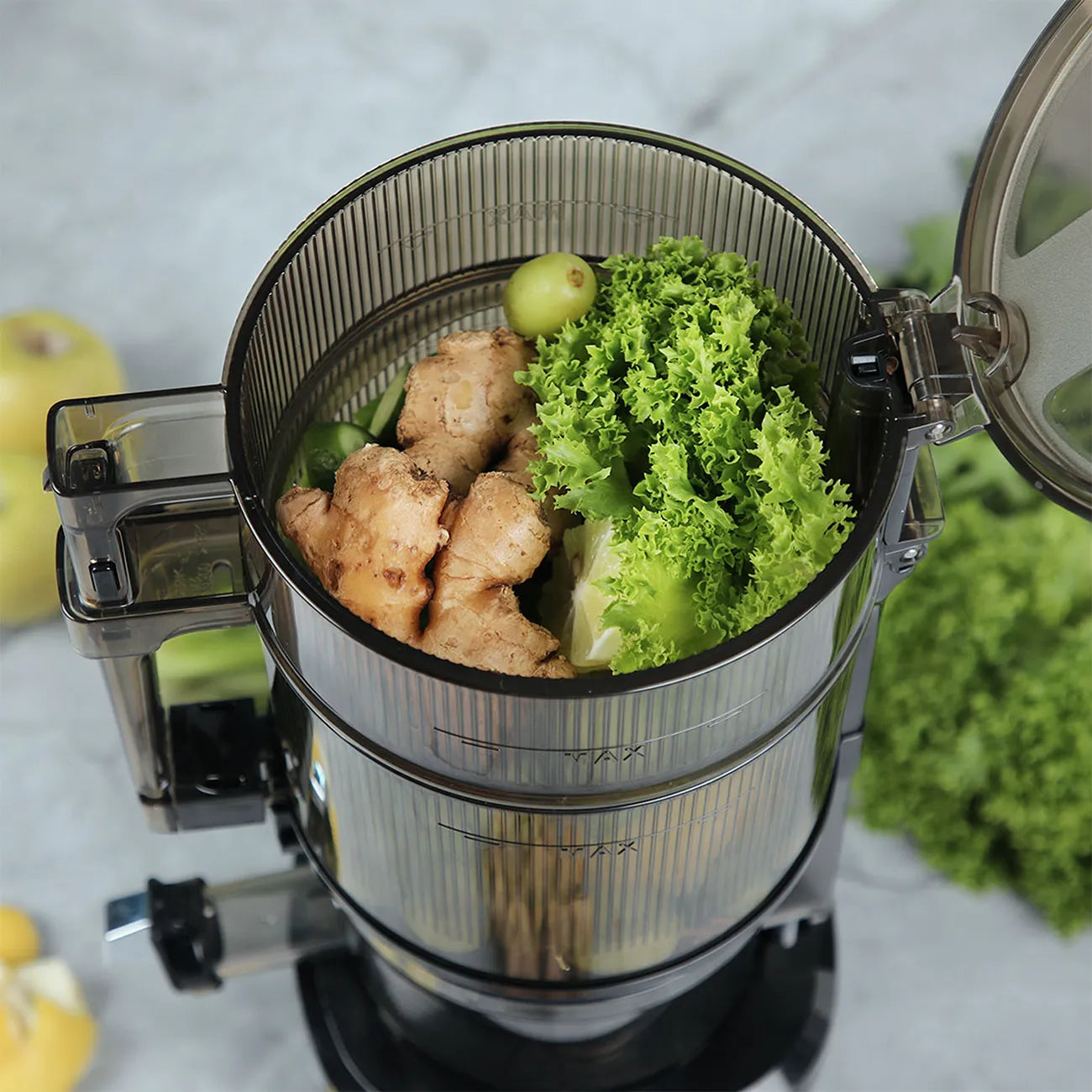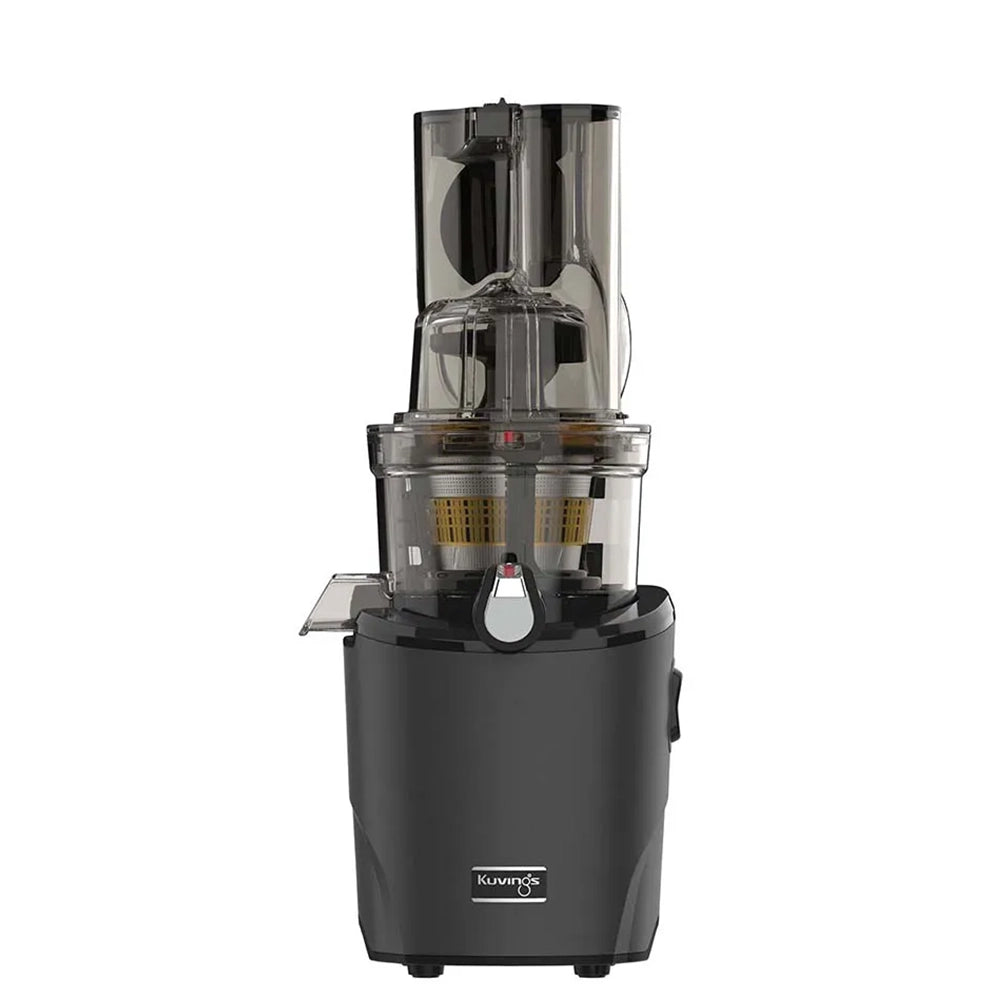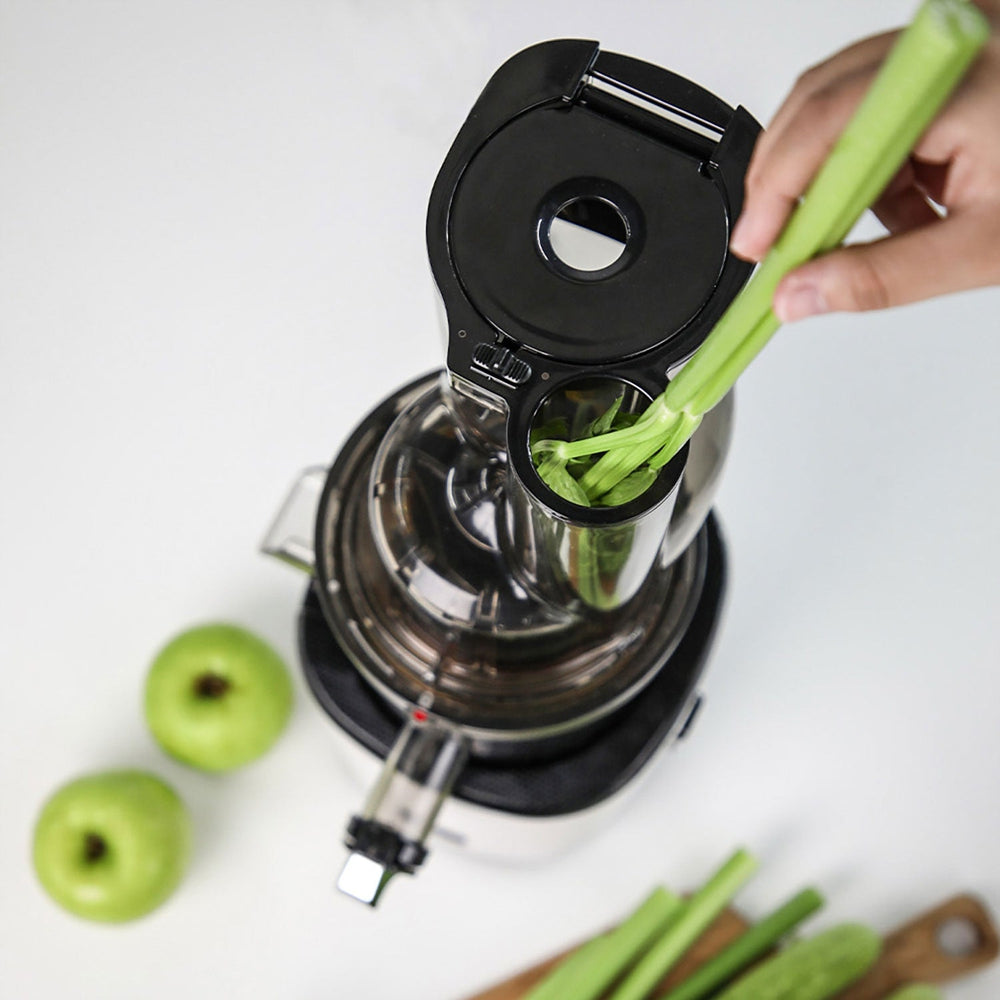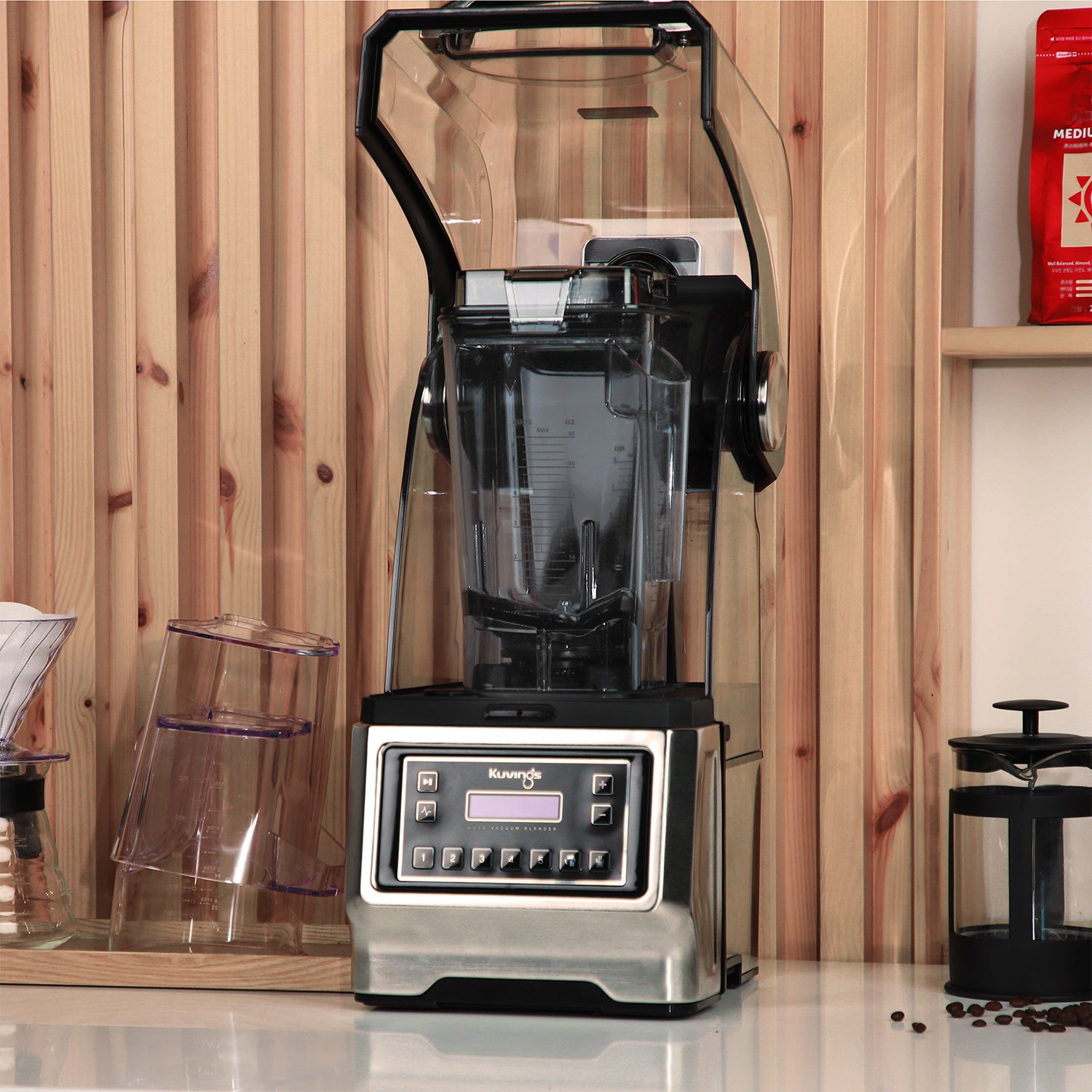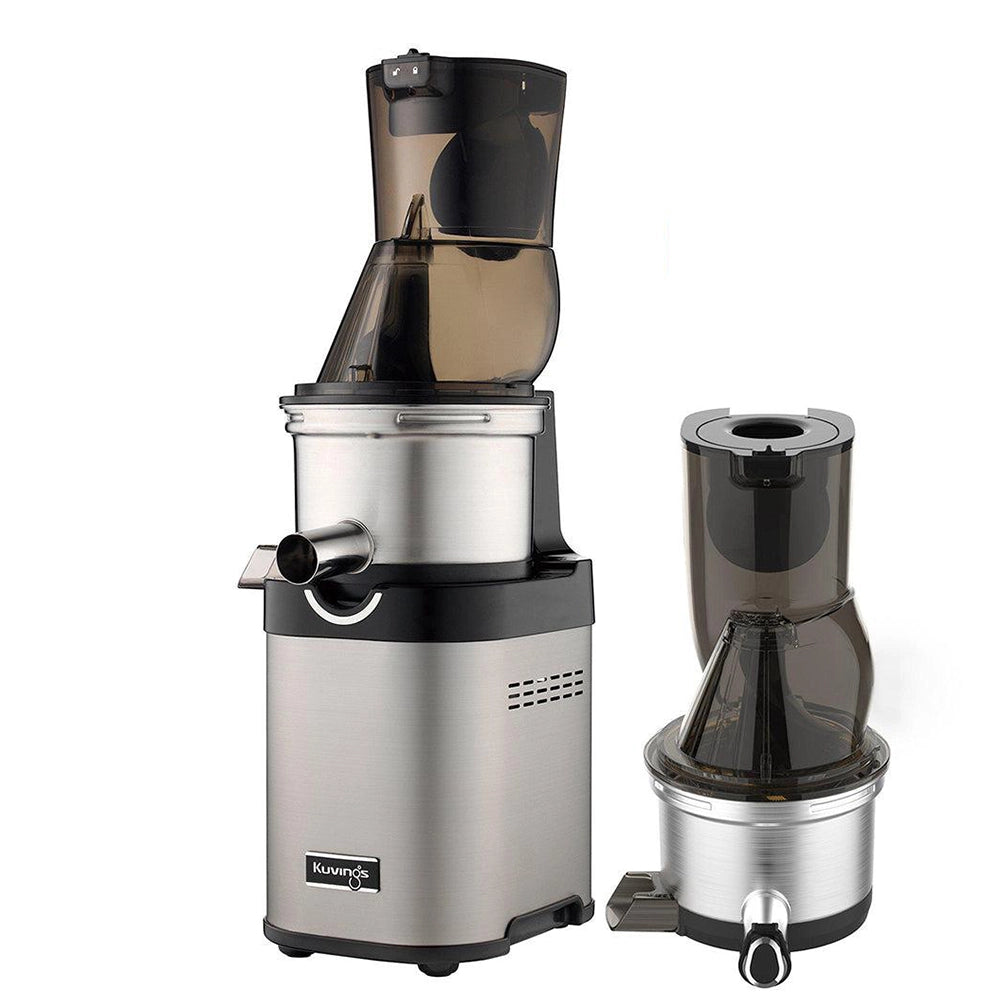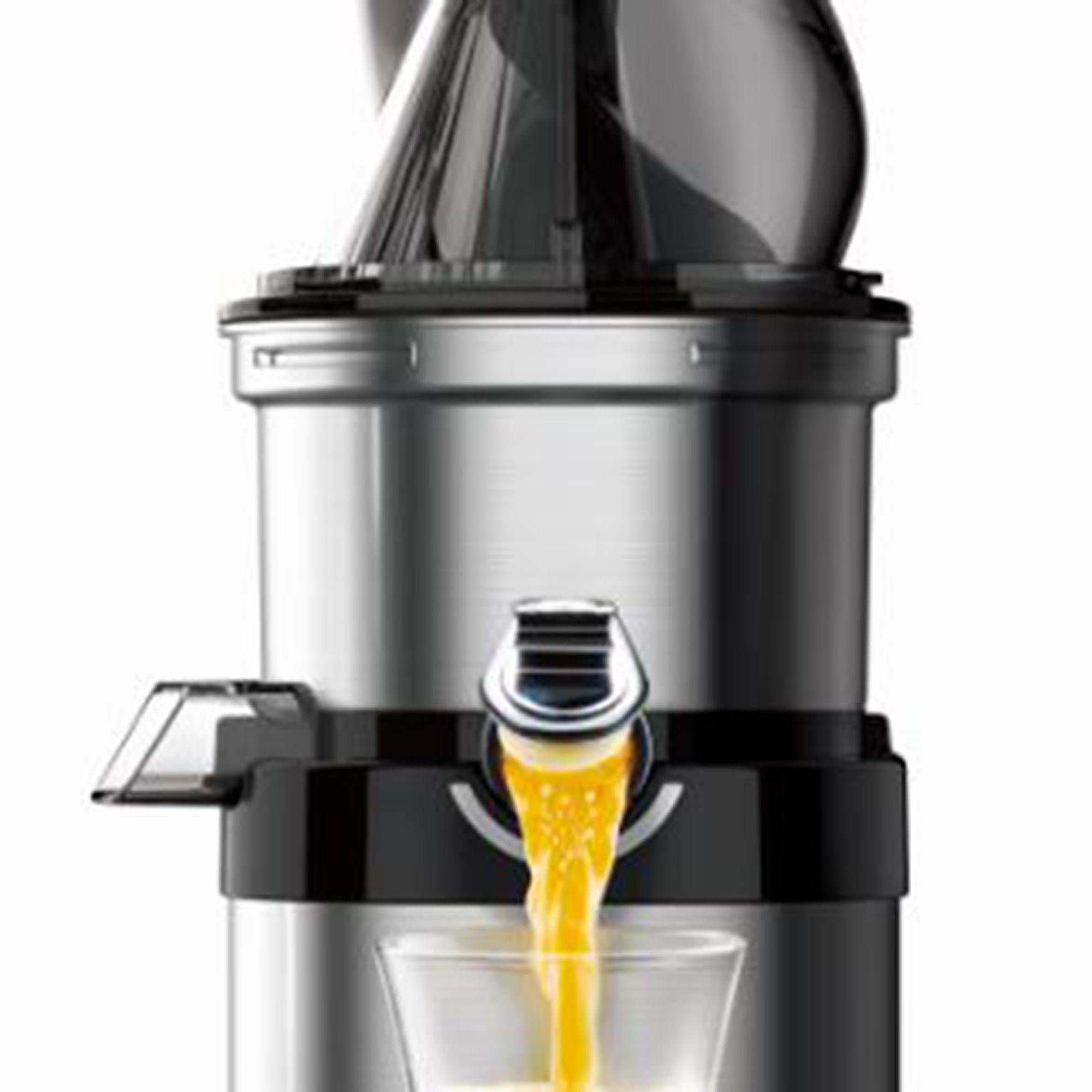We season our food with herbs and spices, but would you consider incorporating them in your fresh juices?
Despite not being likely juice ingredients, these trending herbaceous plants have health benefits and can create exotic and unique flavors when mixed with fruit and vegetable juice.
By adding herbs to your fresh juices, your mind and body can benefit substantially, boosting your overall health and wellness. Here are seven aromatic herbs you can play with to give your juice recipes an extra kick!
1. Rosemary
Although it is often used in cocktails, herbal teas, or for food seasoning, running some fresh rosemary through your Kuvings Whole Slow Juicer creates a perfect beverage to help you relax at the end of your day.
With a lengthy history of culinary and aromatherapy uses, rosemary was an essential ingredient in many ayurvedic medicines.
Like lavender and chamomile, rosemary possesses the ability to boost one’s mood and calm the mind. Holistically, it is said to improve focus, alertness, and memory with use over time. It’s also a great natural remedy for promoting hair growth!
The taste of rosemary is often described as a bit minty, woodsy, and slightly sage-like with a bitter aftertaste. The herb produces a strong fragrance and pairs great with both savory and sweet flavors.
Juicing Tips:
-
Try juicing with pears, apples, or pomegranates.
-
Start by adding a single sprig of rosemary for every 400 ml of juice. If you would like a stronger taste, add another sprig.
-
When juicing rosemary, you can choose between juicing the whole rosemary with the stem or juicing the leaves, depending on your taste preferences. Add the stem if you prefer a slightly bitter taste. Opt for juicing the plucked leaves if you prefer a more balanced flavor that is not too overpowering.
Key Points: Rosemary
-
Incredible fragrance & taste
-
Pairs well with countless fruits
-
Promotes relaxation, focus, and good memory
-
Bonus points for encouraging hair growth!
2. Sage
Packed with antioxidants, aiding the body’s detoxification process, and possessing the quality to help lower bad cholesterol over time, sage is a healthy addition to any juice.
Sage is a great mood-boosting food, helping to calm anxiety and depression symptoms.
Native Americans have a tradition of burning sage to rid an environment of negative energy. They also believed that the herb generates wisdom, clarity, and promotes healing from within.
The flavor of sage can be described as earthy and slightly peppery, with touches of mint, eucalyptus, and lemon all in one herb. A splash of sage juice makes a great addition to refreshing coolers.
Juicing Tips:
-
Try juicing with cucumber, lemon, or apple.
-
Sage is safe to use, but it is important to note that it should be used in moderation to avoid long-term side effects. Consume no more than ½ cup of leaves daily.
Key Points: Sage
-
Earthy and peppery flavor
-
Antioxidant rich
-
Refreshing taste
-
Great for brain health!
3. Dandelion Greens
Better known for the bright and sunny little flowers they produce, dandelion greens are antioxidant-rich, reduce inflammation, help reduce blood pressure, and aid in lowering bad cholesterol.
Although they are a trending juice ingredient, dandelions were used as natural medicine by ancient civilizations all across the globe. They were used to treat several health complications like swollen skin, upset stomach, lactation in women, fever relief, and much more.
Dandelion greens have a flavor that can be described as both earthy and bitter. If you haven’t acquired the taste of more bitter flavors, it's best to soften the pungent taste with sweeter fruits.
Juicing Tips:
-
Try juicing with Fuji apples or mangos.
-
Juice about 3 to 4 dandelion green leaves for every 400 ml of juice.
Key Points: Dandelion Greens
-
Bitter yet earthy taste
-
Pairs well with sweet fruits
-
Reduces inflammation, high blood pressure, and high cholesterol
4. Basil Leaves
Though basil is part of the extended mint family, its flavor and aroma are vastly different. It is said that this flavorsome herb has its origins in India, but later spread to all parts of the world.
Adding a hint of basil to your juice can aid in reducing hypertension, relaxing blood vessels, and reducing depression-related chronic stress.
Basil is a unique herb. It has an appreciable taste that is a balance of savory and sweet. The taste is peppery with a licorice-like aroma. The versatile flavor goes well with both savory and sweet flavors.
Juicing Tips:
-
Try juicing with tomatoes, berries, or watermelon.
-
Since basil has a strong flavor, juice no more than 1 or 2 leaves per 400 ml of juice.
Key Points: Basil
-
Reduces high blood pressure-related symptoms and chronic stress
-
Savory and sweet flavor
5. Thyme
Thyme makes a delicious ingredient in our meals, but it can also add an interesting twist to your fresh juices!
It has been used throughout time in teas and tonics to suppress coughs and calm sore and scratchy throats.
Similar to rosemary, thyme has a concentrated aroma with hints of grass, wood, and floral flavors. The earthy flavor adds a unique twist to sweet fruit juices.
Juicing Tips:
-
Try juicing with a peach or a pineapple.
-
To start, you can juice a tablespoon of thyme leaves or 1 whole sprig for every 400 ml.
-
It is said that both thyme and pineapple may work as a natural cough suppressant!
Key Points: Thyme
-
Concentrated grassy scent
-
Cough suppressant
-
Immunity booster
6. Bay Leaves
Bay leaves, also known as laurel leaves, are used in many soups, stews, and sauces all over the world.
They are well respected for their natural ability to treat migraines. Bay leaves are also great for digestive health as they help with breaking down proteins.
Bay leaves have a sharp, bitter, and pungent taste when eaten whole. In food, their taste isn’t very distinguishable, but they help with transmitting subtle background flavor and aroma.
Juicing Tips:
-
Try juicing with blackberries or pomegranates.
-
Add 1 or 2 leaves for every 400 ml.
Key Points: Bay Leaves
-
Bitter and pungent taste
-
Treats migraines
-
Break down proteins, aiding in digestive health
7. Cardamom
For centuries, cardamom has been used in many Indian and Middle Eastern cuisines and is still extremely popular today. This aromatic spice is often a key ingredient in many teas like chai, and is used in various Indian, Middle Eastern, Arabic, and Swedish desserts.
Cardamom has an extremely pleasant aroma, works as a natural anti-anxiety remedy, helps to increase airflow to the lungs, treats bad breath, helps with ulcers, and may help with lowering one’s blood pressure.
Cardamom has a very elaborate flavor. It is described as fruity, piney, and almost licorice-like with hints of menthol.
Cardamom is traditionally added to desserts for a good reason. It will undoubtedly add personality to your sweeter fruit juices.
Juicing Tips:
-
Try juicing with mangoes and honeydew melon.
-
Before running cardamom through your Kuvings juicer, it is essential to soak it for at least 4 hours. Add 4 soaked pods with the essence water to 400 ml of juice.
Key Points: Cardamom
-
Natural anti-anxiety remedy
-
Pleasant aroma
-
Complements sweet fruits
We Want to See Your Juice Recipes
Spice up your homemade juice recipes with these 7 amazing herbs! Discover enticing new flavor combinations and extraordinary health benefits as you set out on your juicing adventure!
What are you waiting for? Try juicing one of these herbs today with your Kuvings juicer and post your creation on social media. Tag @kuvingsusa with the hashtag #lovemykuvings! We can’t wait to see what you create!

